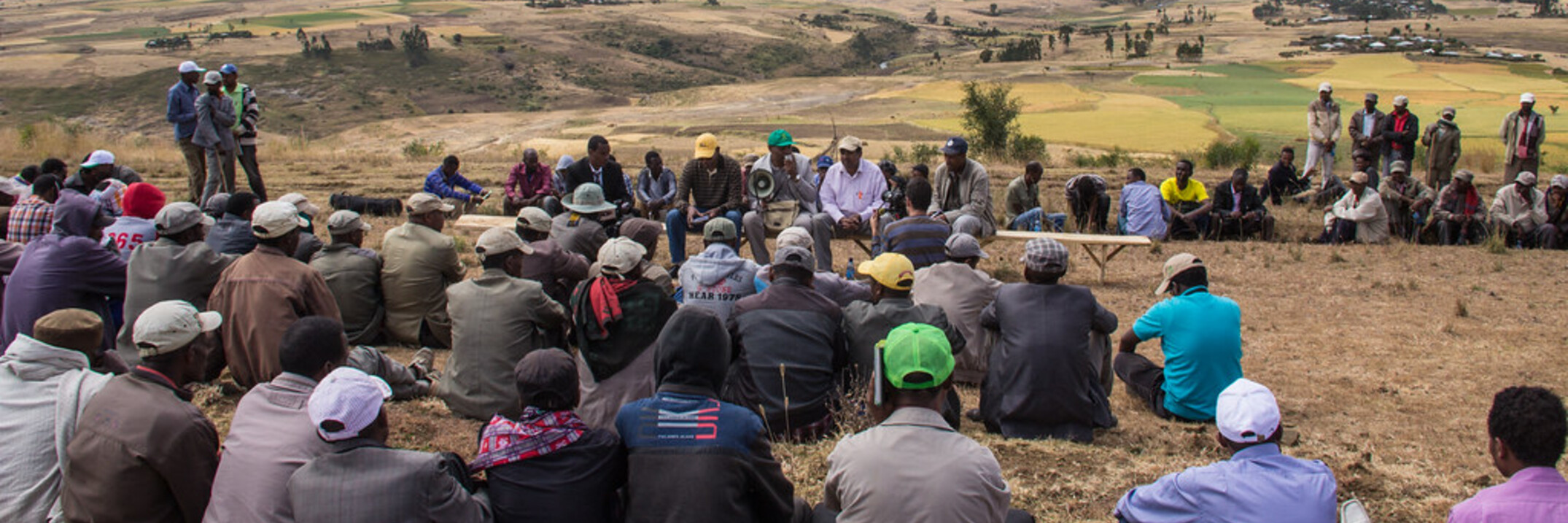Slickspots are soil inclusions with unique loamy soils that provide habitats for many endemic plants worldwide, including those within sagebrush steppe. Sagebrush-dominated communities are declining and require restoration, but restoration techniques...


